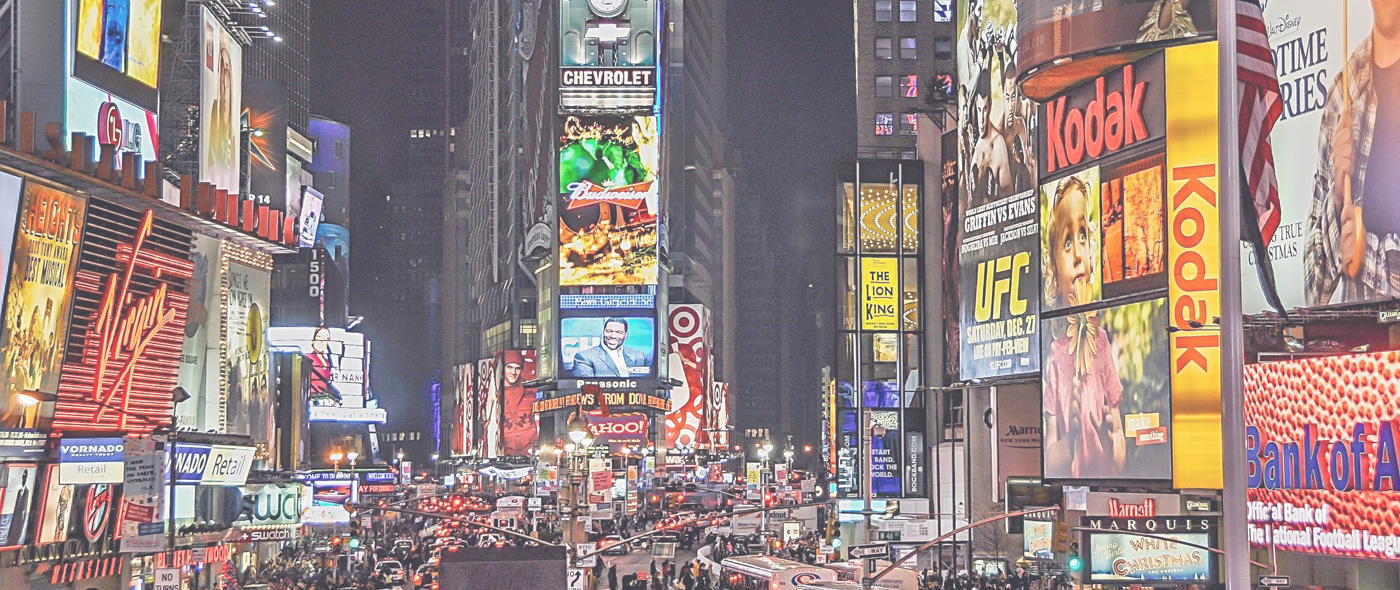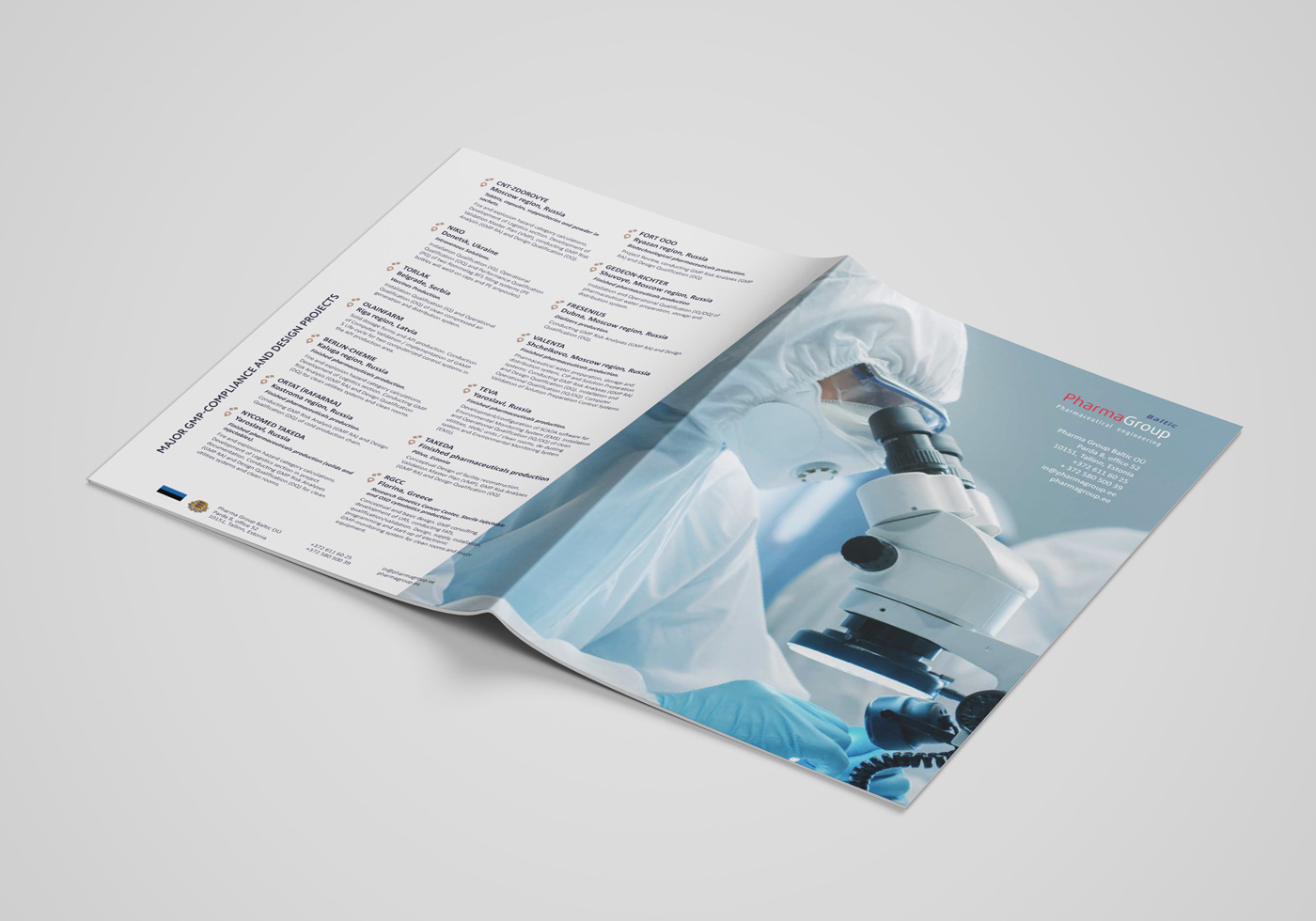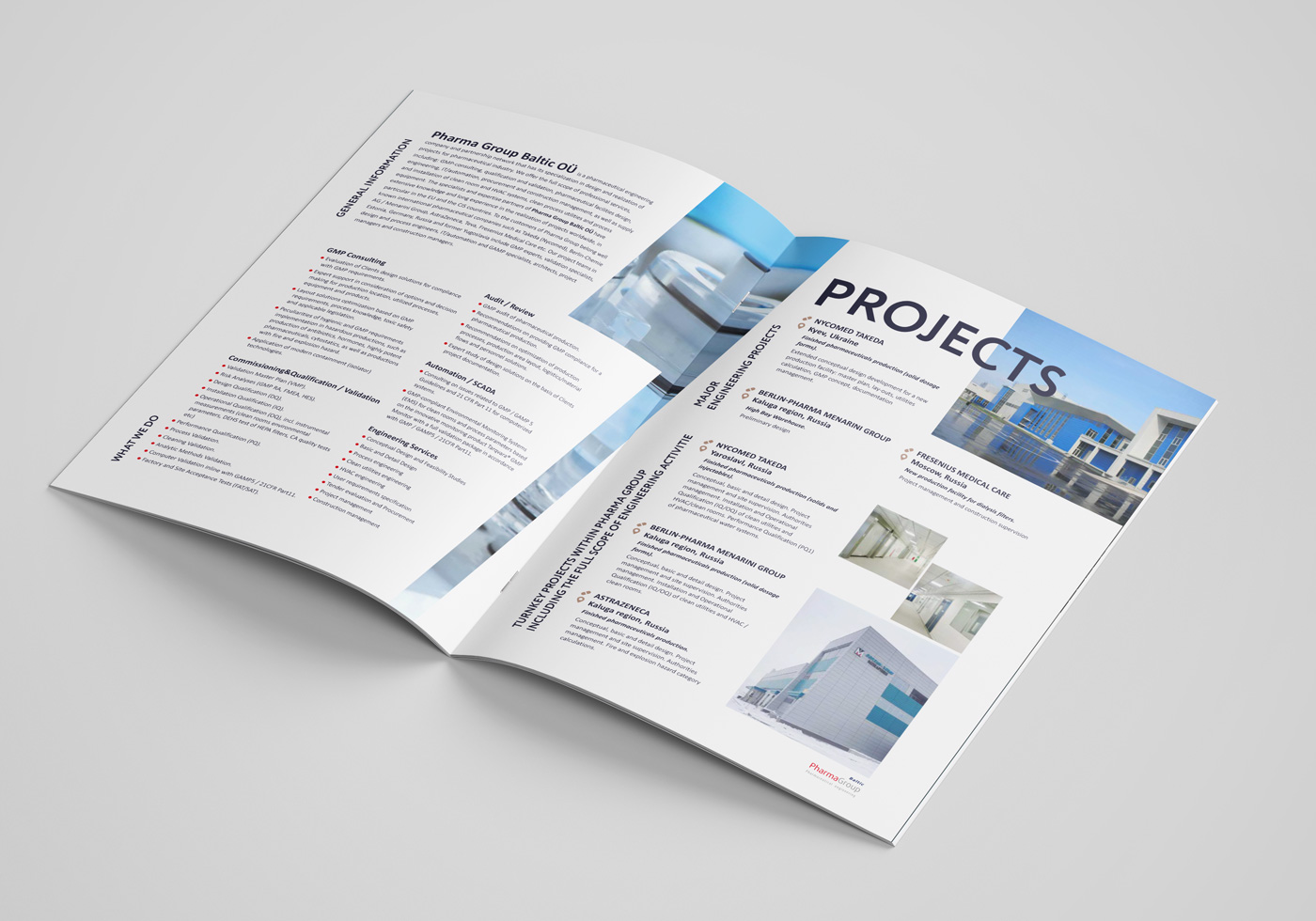Printed Materials / Pagemaking

Printed materials are a highly sought-after graphic product in any field, enabling a brand to make a statement or promote an event through physical media. Modern printing technologies have advanced significantly, allowing for the realization of bold and unconventional solutions that help brands reach their goals more quickly and stand out more vividly from competitors.
Printed materials are best classified by their application and the tasks they address:
- Promotional Materials
Flyers, brochures, and pamphlets are typically advertising products that promote a specific event or provide targeted information (focusing on a particular product or service group, or, conversely, offering a brief overview of products/services). These materials are usually printed in large quantities and intended for distribution to a broad audience, part of which is the target market. - Reference Materials
Bulletins, brochures, booklets, and catalogs containing detailed information about the range of goods and services offered. This type of material is usually distributed to a select group of the target audience that shows a strong interest in the brand's products. - Image-Building Materials
Any printed or souvenir products designed to increase brand loyalty and trust. The impact of such products on clients directly depends on the level of development of the brand's identity, positioning, and advertising campaigns. These materials are intended to both attract new target audiences and strengthen relationships with existing customers. - Periodic Publications
Typically specialized magazines published at regular intervals. They often have an established readership with the potential to attract new readers.
Point Of Sales (POS)

This is a convenient and effective tool for boosting sales, which includes printed promotional materials and some image-building solutions. The primary goal of these materials is to draw attention to specific products or product groups and address any potential doubts, encouraging the customer to make a purchase.
POS materials can be most effectively classified based on the marketing task they aim to accomplish:
-
Localization
Indicating the location – storefront signs, banners, directional signs, 3x6 billboards, city formats, and illuminated structures. -
Attraction
Drawing attention and standing out from the crowd – sandwich boards, awnings, canopies, umbrellas, inflatable structures, 3D logos, and window stickers. -
Image Building
Image-building products – stands, pens, souvenirs, calendars. -
Communication
Direct interaction with the product or service – testers, samples, product demos. -
Categorization
Highlighting specific areas or product categories – podiums, shelving, showcases, packaging mock-ups, exhibition stands. -
Information
Conveying product or service features – posters, banners, leaflets. -
Motivation
Drawing attention to the product or service – tags, labels, signs, price tags, wobblers, stickers, banners, flags. -
Personalization
Personal identifiers – badges, corporate clothing. -
Demonstration
Providing the opportunity to explore the product range or understand how a product/service works – counters, testers, samples. -
Mobile Advertising
Using items for transportation – bags, packaging. -
Service
Decorating auxiliary elements – adhesive tape, packaging products.
The specialists at Tarqvara Pharma Technologies are ready to design and layout any type of printed/POS materials, either based on an already established corporate identity or through the comprehensive development of a new visual identity, which can then be scaled to any media. In addition to years of experience in graphic design, we have a deep understanding of the pharmaceutical industry, allowing us to address aspects that are often overlooked by standard design agencies.


See also:
Branding / CVI / Logo
Pharmaceutical Packaging
Technical Animation
Illustration
Creating Presentations
Web-Design
